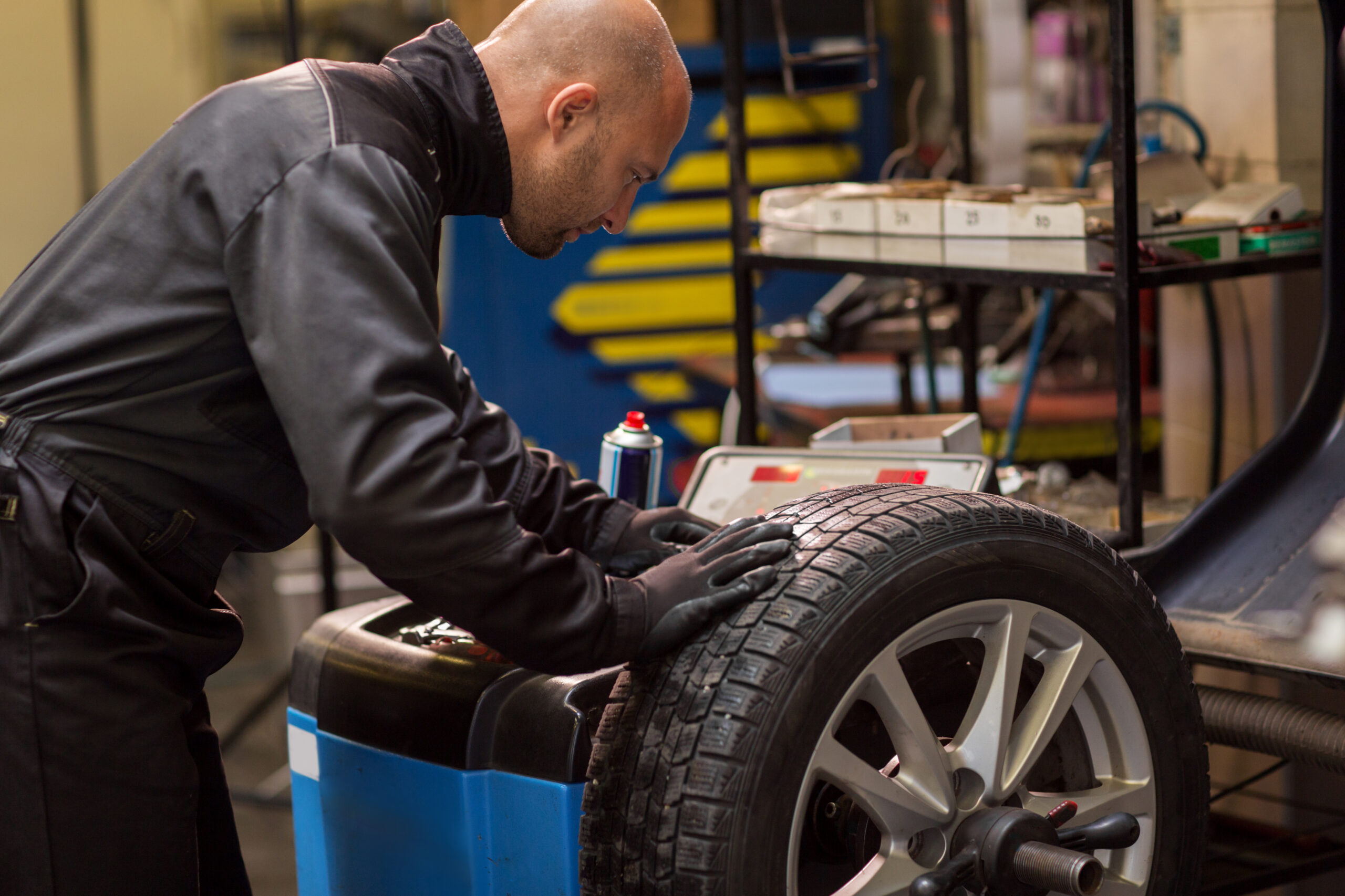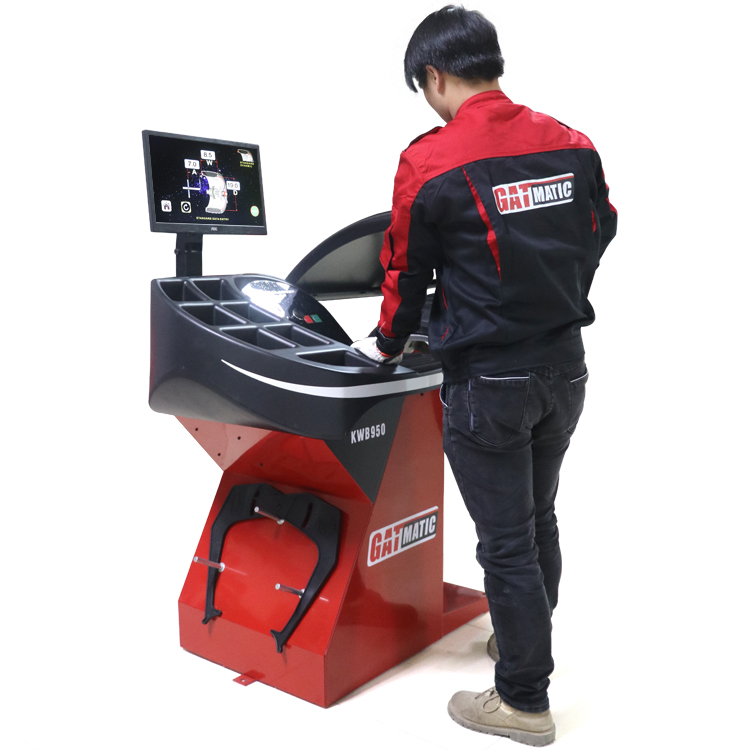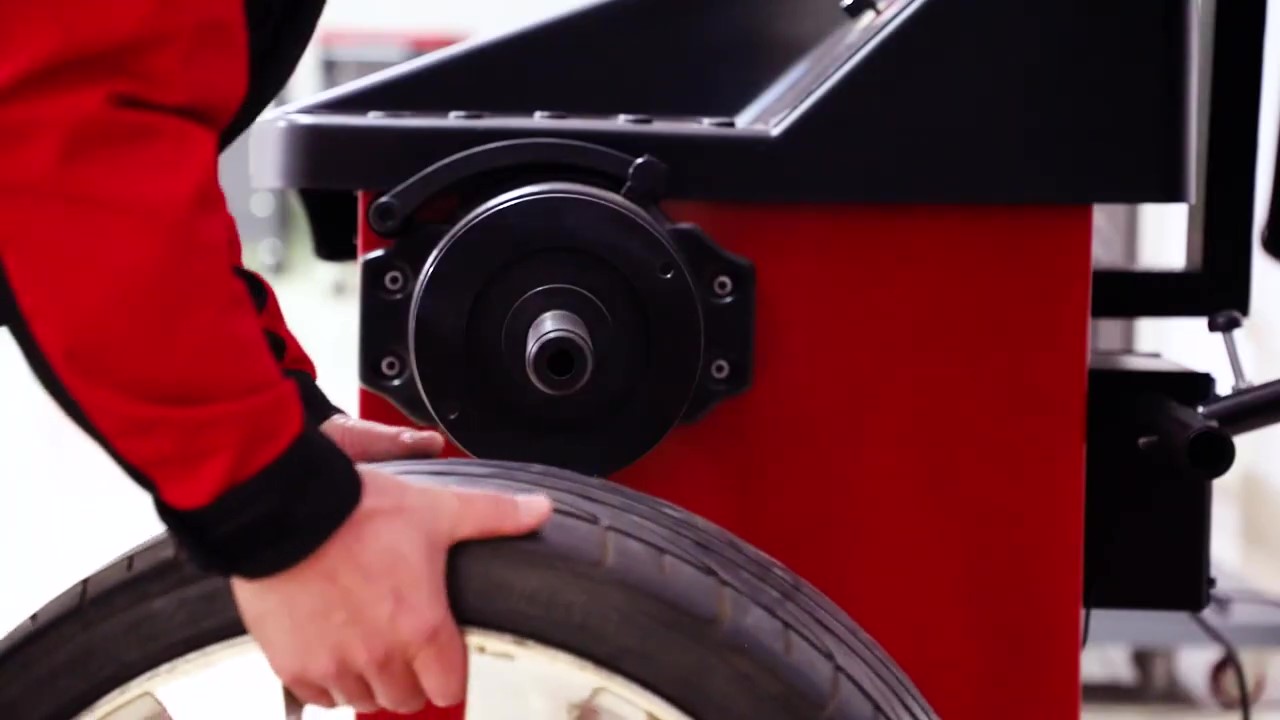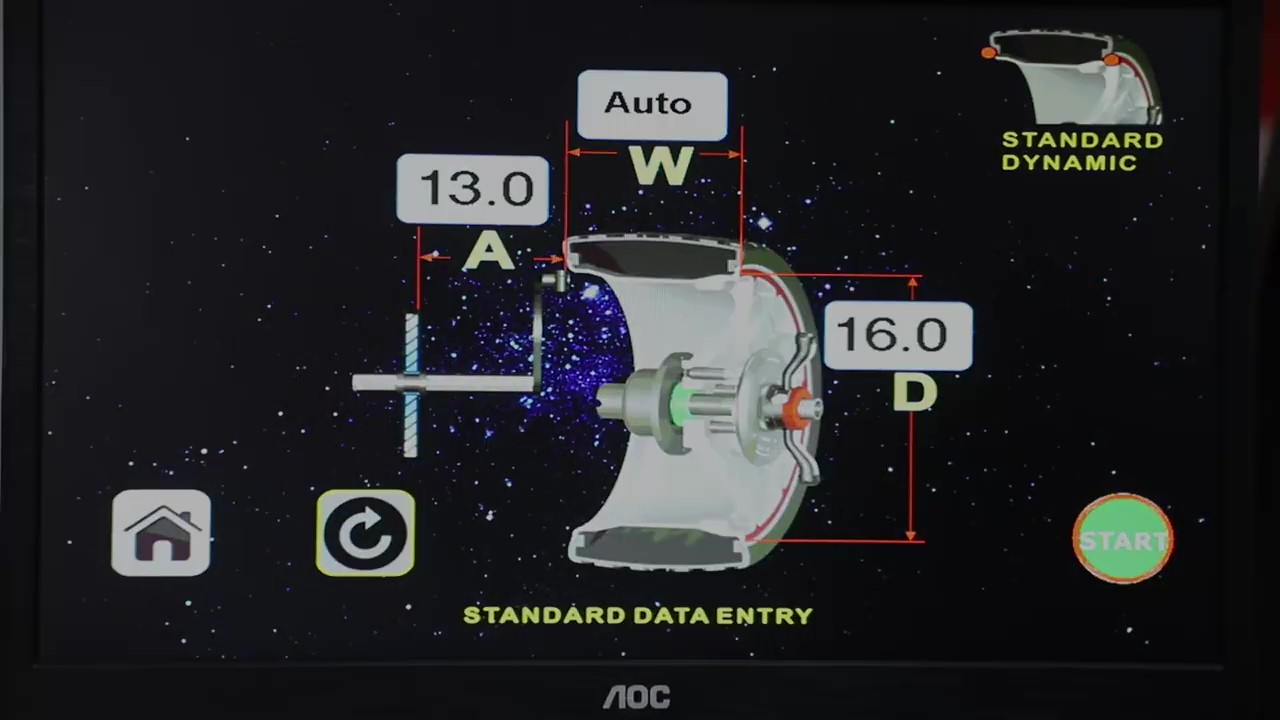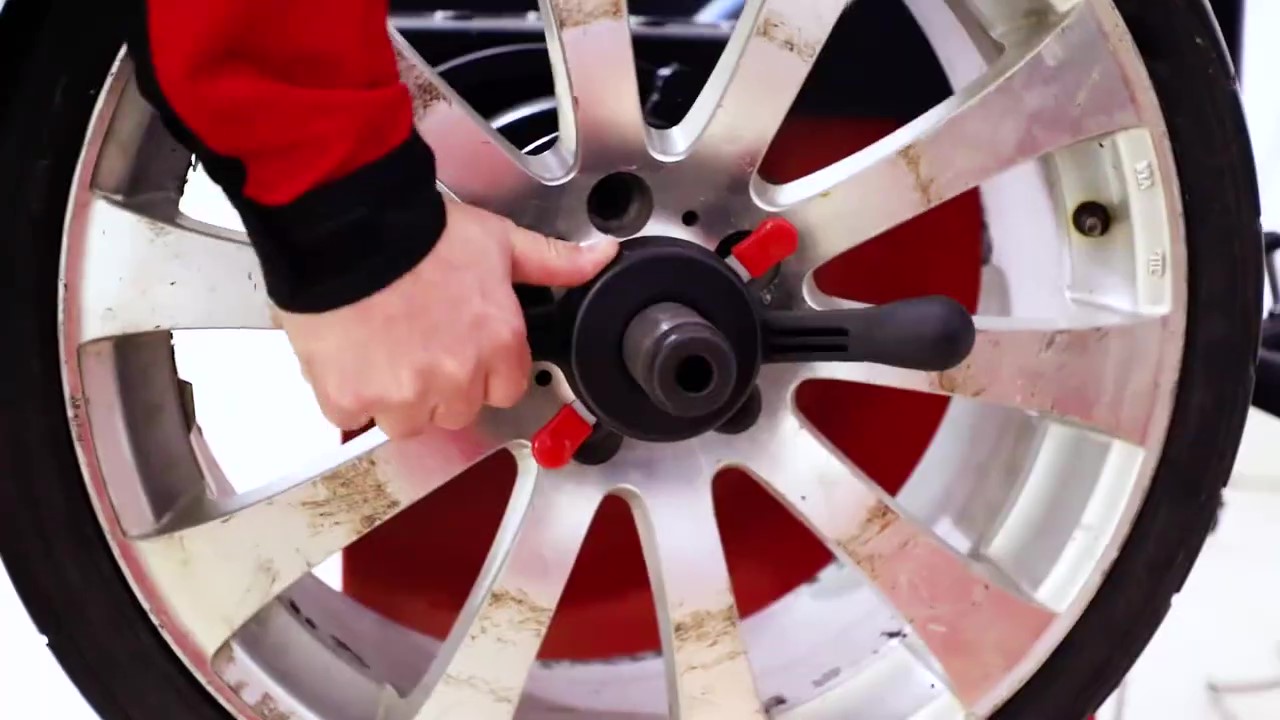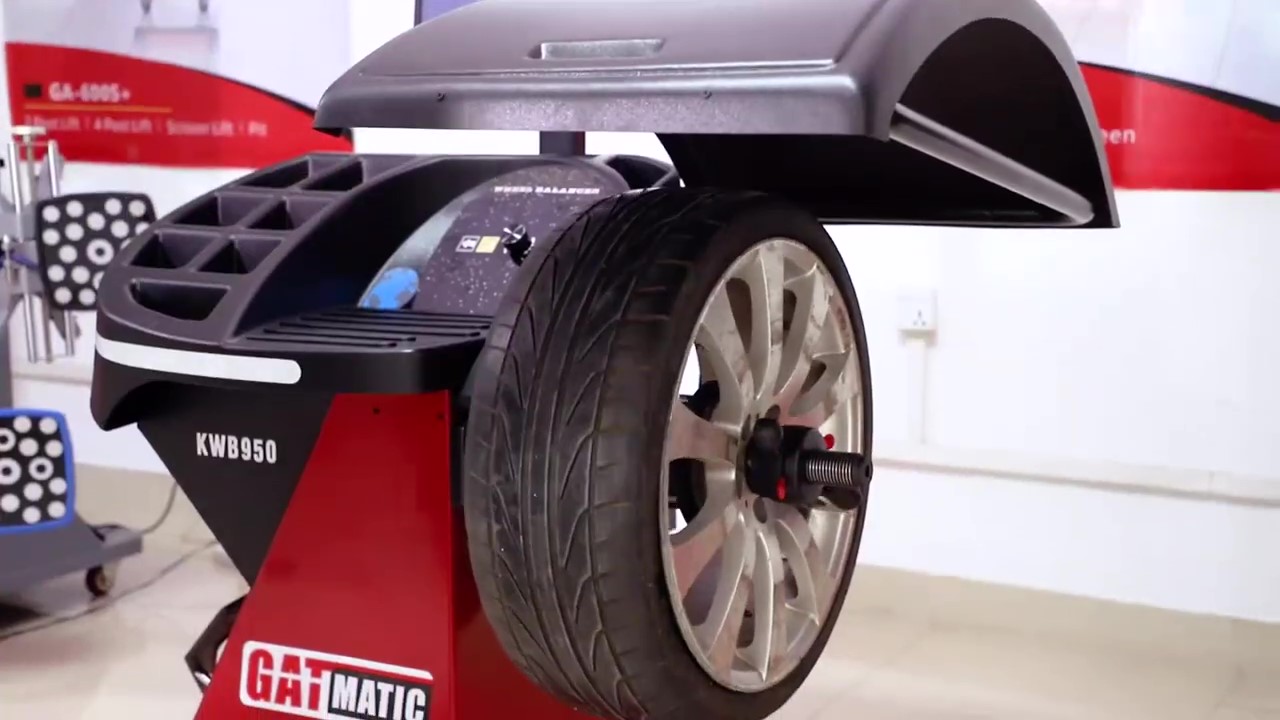How You know If Your Wheels Need Balancing
As a vehicle owner, it’s important to keep your car or truck in good condition to ensure optimal performance and safety on the road. One crucial aspect of vehicle maintenance is wheel balancing, which involves evenly distributing the weight of a tire and wheel assembly to ensure that it rotates smoothly and without vibrations. In this article, we’ll discuss how to know if your wheels need balancing, the signs and causes of unbalanced wheels, and how to balance your wheels.
I. What Is Wheel Balancing
Wheel balancing is a process that involves evenly distributing the weight of a tire and wheel assembly to ensure that it rotates smoothly and without vibrations. When a tire and wheel assembly is out of balance, it can cause the vehicle to vibrate, which can be felt in the steering wheel or throughout the vehicle. This vibration can make driving uncomfortable, cause uneven tire wear, and affect the overall handling and performance of the vehicle.
During the wheel balancing process, a technician will use a special machine to determine the areas of the tire and wheel assembly that are out of balance. They will then add small weights to the wheel in the areas where weight is needed to balance it. By doing this, the tire and wheel assembly can rotate smoothly and without any vibrations, ensuring optimal vehicle performance and safety.
II. Signs that Your Wheels Need Balancing
There are several signs that your wheels may need balancing. Here are some of the most common signs to look out for:
- Vibration in the steering wheel or through the vehicle: If you feel a vibration in the steering wheel or through the vehicle, especially when driving at high speeds, it may be a sign that your wheels are out of balance.
- Uneven tire wear: If you notice that one or more of your tires is wearing more on one side than the other, it may be due to unbalanced wheels.
- Steering wheel not centered or pulling to one side: If your steering wheel is not centered or if your car is pulling to one side while driving, this may also indicate that your wheels are unbalanced.
- Noisy ride or humming sound: Unbalanced wheels can cause a noisy ride or a humming sound, especially at higher speeds.
If you notice any of these signs, it’s important to have your wheels checked by a professional to determine if they need balancing. Ignoring these signs can lead to further tire wear, reduced fuel efficiency, and even affect the overall safety of your vehicle.
III. Causes of Unbalanced Wheels
Unbalanced wheels can be caused by several factors, including:
1. Normal wear and tear
Over time, the weight distribution of a tire and wheel assembly can become uneven due to regular use, causing it to be out of balance.
2. Road hazards
Hitting potholes, curbs, or other road hazards can also cause wheels to become unbalanced. This is because the impact of hitting a road hazard can shift the weight distribution of the tire and wheel assembly.
3. Improper mounting or dismounting of tires
If a tire is not mounted or dismounted properly, it can cause the wheel to be unbalanced.
4. Worn suspension components
Worn suspension components, such as ball joints or tie rod ends, can cause wheels to become unbalanced.
5. Bent rims
If a rim is bent or damaged, it can cause the wheel to be unbalanced.
IV. When to Have Your Wheels Balanced
It’s recommended to have your wheels balanced whenever you install new tires on your vehicle, or when you notice any of the signs of unbalanced wheels mentioned earlier. In addition, it’s a good idea to have your wheels checked and balanced periodically, typically every 6,000 miles or every six months, whichever comes first. Regular wheel balancing can help prevent uneven tire wear, reduce vibrations, and improve the overall handling and performance of your vehicle.
If you frequently drive on rough roads or hit potholes or other road hazards, you may need to have your wheels checked and balanced more often. This is because the impact of hitting a road hazard can cause the weight distribution of your tire and wheel assembly to shift, leading to unbalanced wheels.
Overall, it’s important to pay attention to the signs of unbalanced wheels and to have your wheels checked and balanced regularly to ensure optimal vehicle performance and safety. A professional technician can inspect your wheels and tires and determine if balancing is needed, as well as provide other important maintenance services to keep your vehicle running smoothly.
V. How to Balance Your Wheels
The high-precision GATmatic wheel balancer features a user-friendly interface that provides fast floor-to-floor cycle time and will increase the productivity and efficiency of any workshop. Full interactive touch LCD display, automatic entry of A and D wheel data.
Balancing your wheels with a GATmatic wheel balancing machine is a straightforward process that can be completed in a few easy steps:
1. Position the wheel on the GATmatic Balancing Machine: Position the wheel on the balancing machine, making sure that it is securely fastened in place.
2. Enter wheel data: Enter the necessary data into the machine, such as the wheel size, type, and weight. This information is essential for the machine to accurately determine the weight distribution of the tire and wheel assembly.
3. Spin the wheel: Once the machine is set up, spin the wheel. GATmatic Wheel Balancer will measure the weight distribution of the tire and wheel assembly and identify any areas that are out of balance.
4. Add weights: Based on the readings from our wheel balancing machine, add small weights to the wheel in the areas where weight is needed to balance it. The weights are typically attached to the rim of the wheel using adhesive or clips.
5. Recheck balance: After adding weights, recheck the balance of the wheel using the machine to ensure that it is properly balanced.
6. Repeat the process for other wheels: Repeat this process for each of the remaining wheels on your vehicle.
Once all of the wheels have been balanced, the LCD display will indicate that the process is complete. The result will be a smoother, more comfortable ride, improved handling, and reduced tire wear.
VI. Conclusion
Keeping your wheels balanced is an important aspect of vehicle maintenance that can help improve ride quality, increase tire life, and enhance overall vehicle performance. By knowing the signs of unbalanced wheels, understanding the causes of unbalanced wheels, and having your wheels balanced regularly by a professional, you can ensure that your vehicle is running smoothly and safely on the road. Remember to have your wheels balanced every 5,000 to 6,000 miles or if you notice any signs of unbalanced wheels. Want to get an affordable quote, please contact us (info@gat-matic.com).
Describe Your Needs In Detail!
We will carefully evaluate your needs and give professional solutions.

